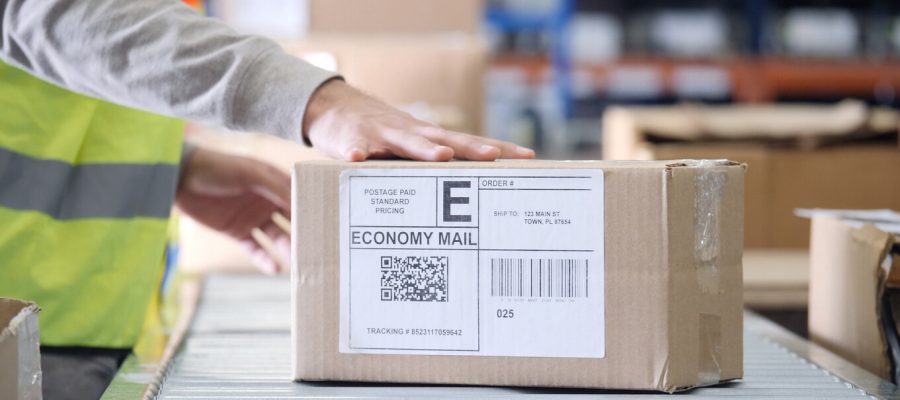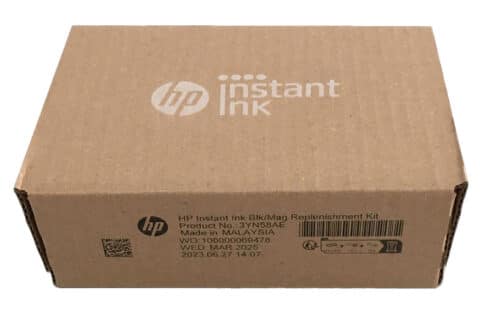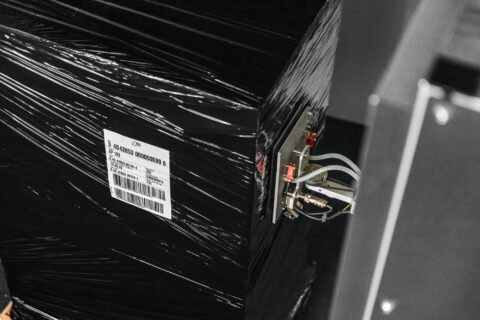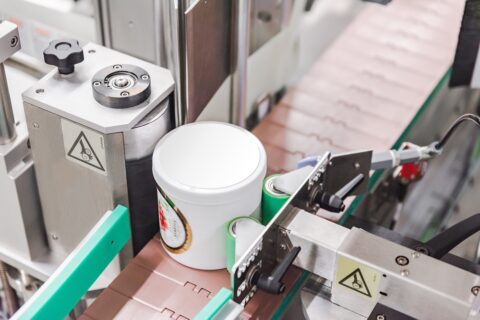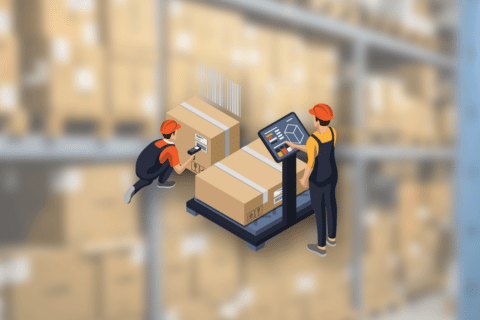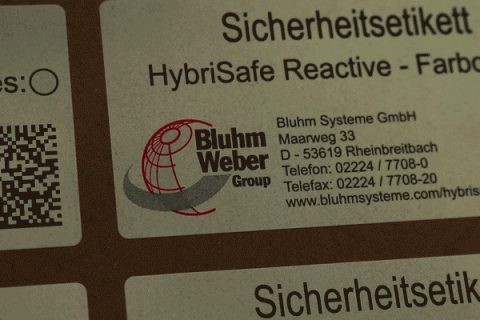The logistic process in e-commerce consists of three phases:
- Receiving of orders
- Shipment of goods
- Return of orders
Labels play a crucial part role in each of these phases. Let us see it below.
Phase 1: Receiving of orders
Firstly, goods are received in the warehouse. In order to ensure product traceability and that the entire logistics works smoothly, goods are marked with a barcode (either manually or automatically).
Goods scanning
Incoming goods are scanned with a barcode scanner or in a scanning tunnel. This way, the processing system can recognize the goods and indicate the storing location.
Product identification
Product identification takes place through the printing and applying of a label or inkjet coding. This makes the monitoring of goods a lot easier.
There are several ways to identify goods:
- Manual application of pre-printed labels (LPN)
- Label printing on demand and manual application
- Automatic application of pre-printed labels with a label dispenser
- Real-time variable data printing and labeling
- Direct coding of a product ID on the package
Phase 2: Shipment of goods
The optimized order shipment process
The order arrives, and the customer expects the package as soon as possible. The courier prepares the order and picks it up for shipment. This process can be manual, semi-automated, or fully automated.
Tracking
An empty box or outer package can be tagged with an LPN label containing the order’s link. The application of the label can be manual or automatic. Also, the LPN label specifies where to place a shipping label in the processing system.
Pre-printed labels
The cardboard boxes that stand out the most are the ones with colored and personalized labels with logo and lettering. Therefore, bench printers are ideal for private labels, short and long runs, and continuous barcode printing.
Manual application of shipping labels
Shipping, barcode, or return labels should be applied to goods at the end of the packaging process. In addition, bench-top printers can print labels in various sizes and with variable data.
There is a wide range of label printers that meet different requirements:
- Thermal printers
- Thermal transfer printers
- Color label printers
Shipping labels
Applying shipping labels is a job that requires precision. An automatic system prevents errors when printing and applying them. In addition, there are several ways to achieve an optimal result in the application of shipping labels, even on products with different heights:
- Print and apply in one system
- Print shipping information directly on the package via inkjet printing
- Pallet labeling (GS1 and SSCC)
Phase 3: Return of orders
Effective tracking
Customers like convenience because the simpler and faster the returns process is, the more likely a customer is to place an order again.
Return label
Bench printers or print and apply systems are good for printing the return label because the tag contains an identification code or barcode. After the return of the box, the return label is scanned, and the return process is completed.
Return scanning
The barcode scanner is essential to the return process as it saves time and streamlines the returns process.
White or pre-printed labels
Every logistics process involves the use of different labels. This includes shipping labels, pallet labels, LPN labels, or return labels. Therefore, it is important to always choose high-quality labels that are reliable and suitable for the type of product/packaging, the environment, and the duration of their use. In addition, choosing the right label will help avoid delays in the delivery process and reduce costs associated with mishaps or lost goods, ensuring greater customer satisfaction.
Come and discover all our logistics solutions!


